-Rudraksha-Beads_-_main_image.jpg)
One question I’m asked often is: “Are Java Rudraksha beads as effective as Nepali ones?” This doubt is common, largely because of market myths and incomplete information.
When I launched the first website in the world dedicated to Rudraksha in 1997, I was dealing exclusively in Nepali beads. It wasn’t until 2008 that I took the bold step to introduce Java Rudraksha to my clients. I saw that while they were smaller cousins of Nepali beads, their effects were in no way lesser — and they deserved their due place in the world of spiritual healing.
Even today, I see many websites, astrologers, and suppliers either speak little about Java beads, label them “less effective,” or claim you must wear an entire mala of them to get results. Some even go so far as to say that they are not Rudraksha at all, that they are not Elaeocarpus ganitrus , or that they are merely Bhadraksha. This is both grossly misleading and scientifically incorrect. This blog is written to set the record straight and debunk such misconceptions.
For many years now, I have been offering Java Rudraksha to my clients. Their affordability, comfortable size, beautiful texture, and genuine power have made them much loved. Yet, because of old myths, many seekers still miss out on their benefits. My aim here is to share the truth — backed by both scriptural wisdom and my hands-on experience in healing with these beads.
Understanding Java (Indonesian) Rudraksha
-Rudraksha.jpg)
Java Rudraksha beads are harvested from Indonesia, where the Rudraksha tree ( Elaeocarpus ganitrus ) flourishes in tropical conditions. While they come from the same botanical species as Nepali beads, there are some visual and physical differences.
Java beads are generally smaller, with smoother, less thorny surfaces. Their mukhi lines are defined by fine, thread-like markings within the grooves, unlike the larger size, thorny texture, and deeper grooves seen in Nepali beads. Compact and lightweight, they are exceptionally comfortable for daily wear — an advantage many people tend to overlook.
Unfortunately, these very traits have led to underestimation. Too often, people equate size or ruggedness with power. The reality is far more nuanced.
Explore Java (Indonesian) Rudraksha Beads
Are Java Rudraksha Beads Effective?
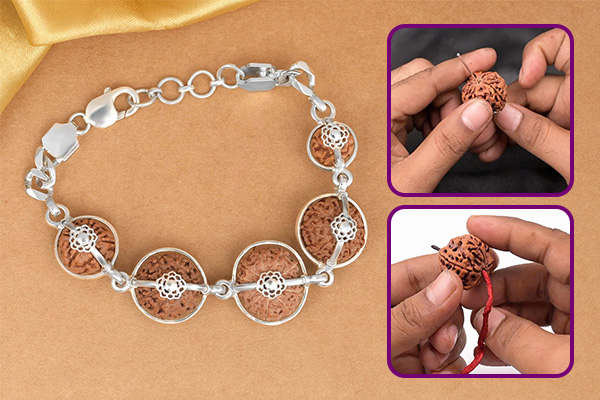
From my experience with thousands of clients worldwide, I can say without hesitation that Java Rudraksha beads are not only effective — in many cases, they produce even better results than Nepali beads.
The first key to effectiveness lies in how the bead is strung. Even the most powerful Rudraksha will lose its potential if not worn the right way. The next factor is the bead’s intrinsic vibration, its density, the wearer’s receptivity, and the duration of wear — not its size.
Many sensitive clients report that Java beads provide a gentler yet deeper balancing effect, especially in long-term chakra healing. Another point in their favor is harvesting — Java beads are not plucked until the fruit turns from green to bright purple, allowing them to fully imbibe their spiritual potency. In contrast, the high demand for Nepali beads often leads to early harvesting, making them underdeveloped and lighter in weight.
Nepali beads, with their larger, thorny surface, are also less comfortable for wearing in large combinations — especially as bracelets, which are one of the most effective ways to harness the energy of Rudraksha. Java beads, being smaller, are easier to wear in multiple-mukhi combinations all day, like jewelry, without discomfort.
Benefits of Java Rudraksha Beads
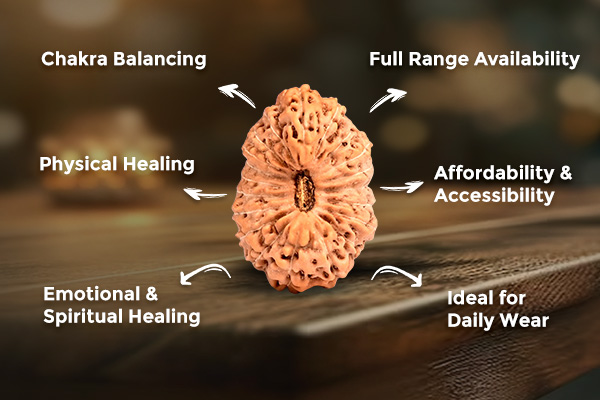
- Chakra Balancing: Works beautifully in RRCT (Rudraksha Ratna Chakra Therapy) to open and balance blocked chakras, restoring the natural flow of energy in the body.
- Physical Healing: Seen to support relief from back pain, bone and joint discomfort, migraines, headaches, indigestion, acidity, blood pressure imbalances, heart-related issues, and other stress-related ailments by harmonizing the corresponding chakras .
- Emotional & Spiritual Healing: Brings calmness, clarity, attraction, abundance, and a deep connection to the divine, helping to dissolve fear, stress, and emotional blockages.
- Full Range Availability: Java Rudraksha exists in all mukhis from 1 to 21, along with Gauri Shankar, Trijuti, and rare higher mukhis — including 22 to 42 mukhi varieties (still under research). The rare 1 Mukhi Java Rudraksha is not yet found in the Nepali Variety.
- Affordability & Accessibility: Far more budget-friendly than Nepali beads, especially more so in higher mukhis, making them available to a wider audience.
- Ideal for Daily Wear: Their small size and light weight make them comfortable for all-day wear, including malas and bracelets.
Comparing Java and Nepali Rudraksha
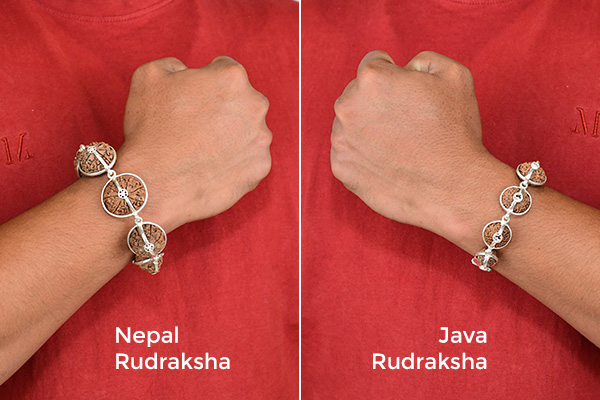
- Similar Mukhi Effects: X-ray scans of both varieties show the same number of internal compartments. A 5 Mukhi Java works exactly like a 5 Mukhi Nepali — the mukhi determines the effect, not the origin.
- Size & Energy Emission: Java beads are smaller, dense, and compact, typically taking 8-10 days to “awaken” on the body. Nepali beads are larger and may take only 2-3 days to awaken, but both have similar long-term effects.
- Cost vs. Result: Nepali beads are priced higher due to demand and awareness; Java beads cost a fraction of that yet offer the same spiritual benefits.
- Ease of Wearing: Large Nepali beads can be uncomfortable in big combinations or 108+1 malas, whereas Java beads are far more practical for daily use. Since ancient times, saints and sages have adorned themselves with Indonesian Rudraksha across the body. Even Lord Shiva is depicted wearing them in multiple layers on His arms, wrists, neck, torso, and woven into His matted hair.
- Authenticity Concerns: Larger Nepali beads are easier to fake by carving extra lines or inserting segments. Java beads, with their fine thread-like mukhi lines, are harder to manipulate — surface cracks occur if tampering is attempted.
- Incomplete Lines: In both varieties, around 20-30% of beads have incomplete mukhi lines (not running from one end to the other), which makes them ineffective. In Java beads, especially for higher mukhis, counting the lines often requires a magnifying lens due to their smaller size.
Common Myths and Misconceptions
“Only Nepali beads work”
False
Both Nepali and Java Rudraksha come from the same species, Elaeocarpus ganitrus . The mukhi (number of natural divisions) and the correct wearing method determine the effect — not the origin.
“Java beads are Bhadraksha”
False
Java beads are genuine Rudraksha, not Bhadraksha.
“Java beads are inferior or of low quality”
False
Java beads are naturally beautiful and, like all Rudraksha, vary in shape and appearance. Being a natural fruit, both Nepal and Java varieties come in different shapes — none of which determine their power.
“Size defines power”
False
The effectiveness of Rudraksha is based on alignment, energy purity, and the wearer’s receptivity — not on size.
“One Nepal bead equals several Java beads”
False
One Nepal bead is equal to one Java bead. Wearing a mala or combination of multiple mukhis can enhance benefits, and this is often easier and more comfortable with Java beads due to their smaller size.
“Certification and energization are the most important”
Misunderstood
Many modern lab certifications are unreliable. A Rudraksha naturally awakens after being in contact with the body for 4-5 days. Energization is a beneficial purification ritual, but it is not mandatory for the bead to work.
When Should You Choose Java Rudraksha?
- If you want Rudraksha beads that you can wear comfortably every day, with a subtle appearance.
- If you prefer dense, compact, and effective beads rather than focusing on size or ruggedness.
- If you are buying for children, elderly seekers, or those who prefer lightweight beads.
- If you are budget-conscious but still want authentic, powerful Rudraksha.
Final Thoughts by Sakhashree
Nature produces the same fruits in different countries — an apple from New Zealand may look or taste different from an apple grown in Himachal, yet both nourish the body in the same way. Oranges from Spain may vary in color and texture from those grown in California, but their vitamin-rich goodness remains the same.
In the same way, Java Rudraksha is simply another gift from the Rudraksha tree, carrying the same spiritual essence as its Nepali counterpart. Every Rudraksha is powerful when it is authentic, worn correctly, and matched to your energy needs. The real magic lies in the bead’s vibration, the way it is strung, your intent, and the discipline of wearing it.
Java Rudraksha deserves far greater recognition than it receives today. It is an accessible gateway to deep spiritual and emotional transformation — not a “lesser” alternative. In the hands of an experienced therapist, it can work wonders.

-in-Astrology.jpg)
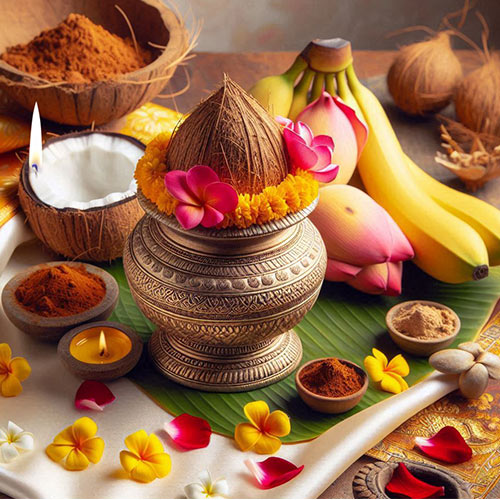
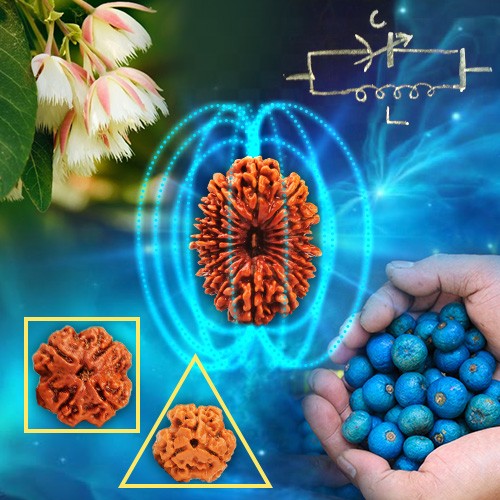


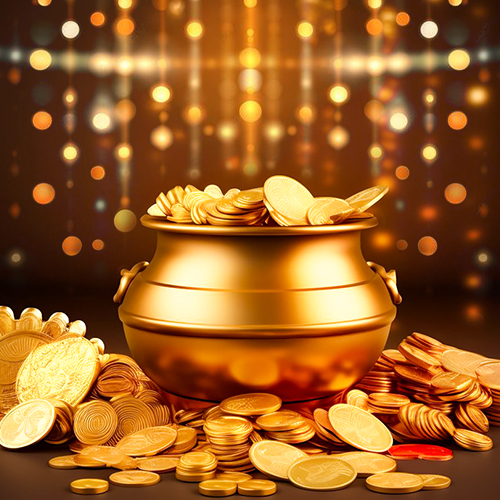
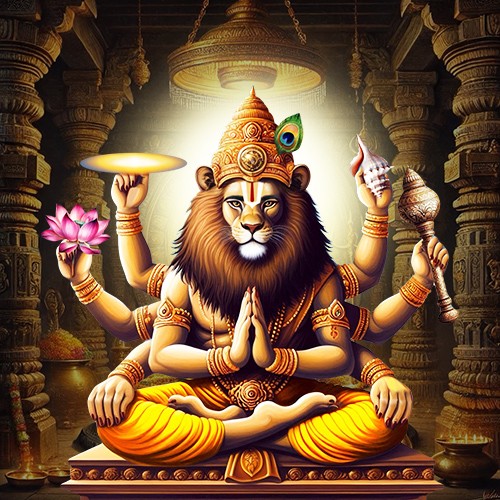
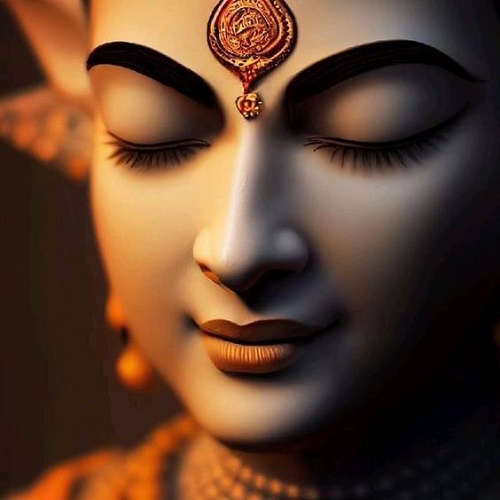
.jpg)
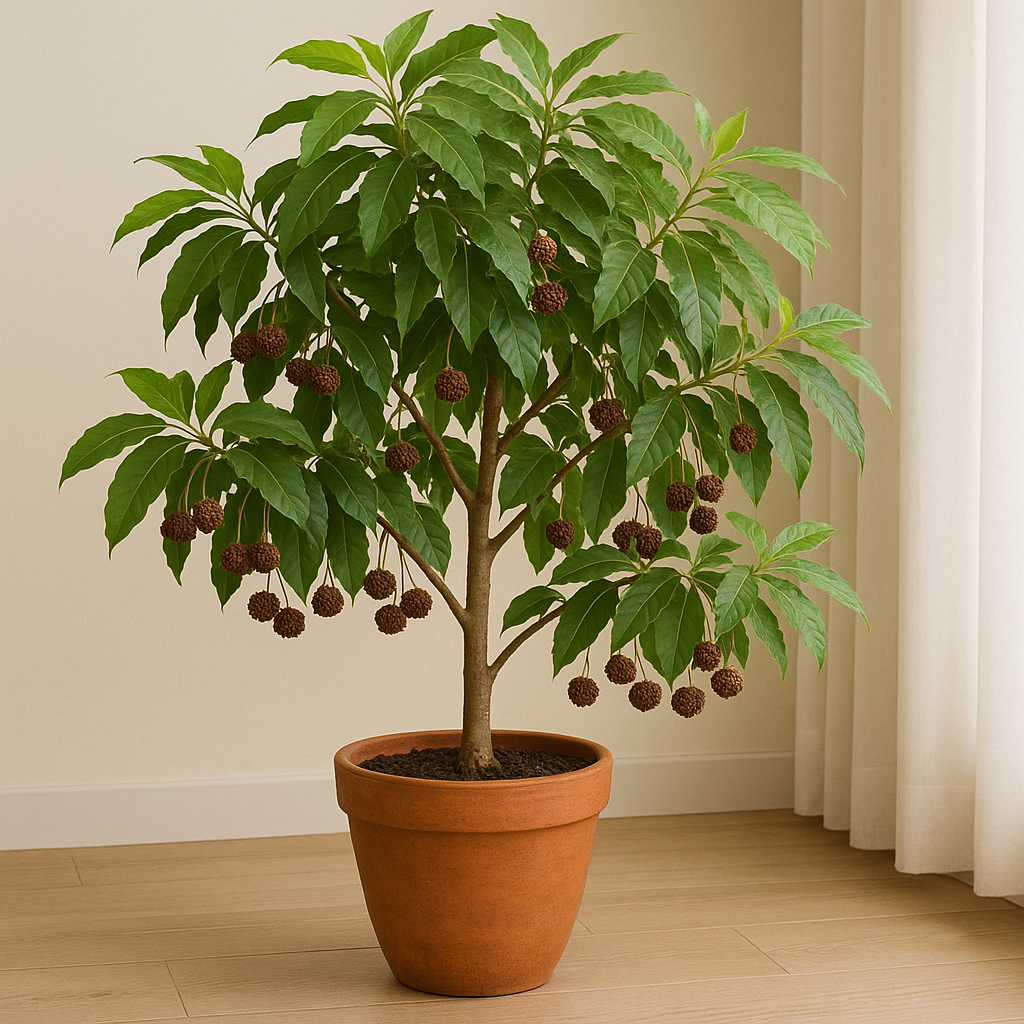
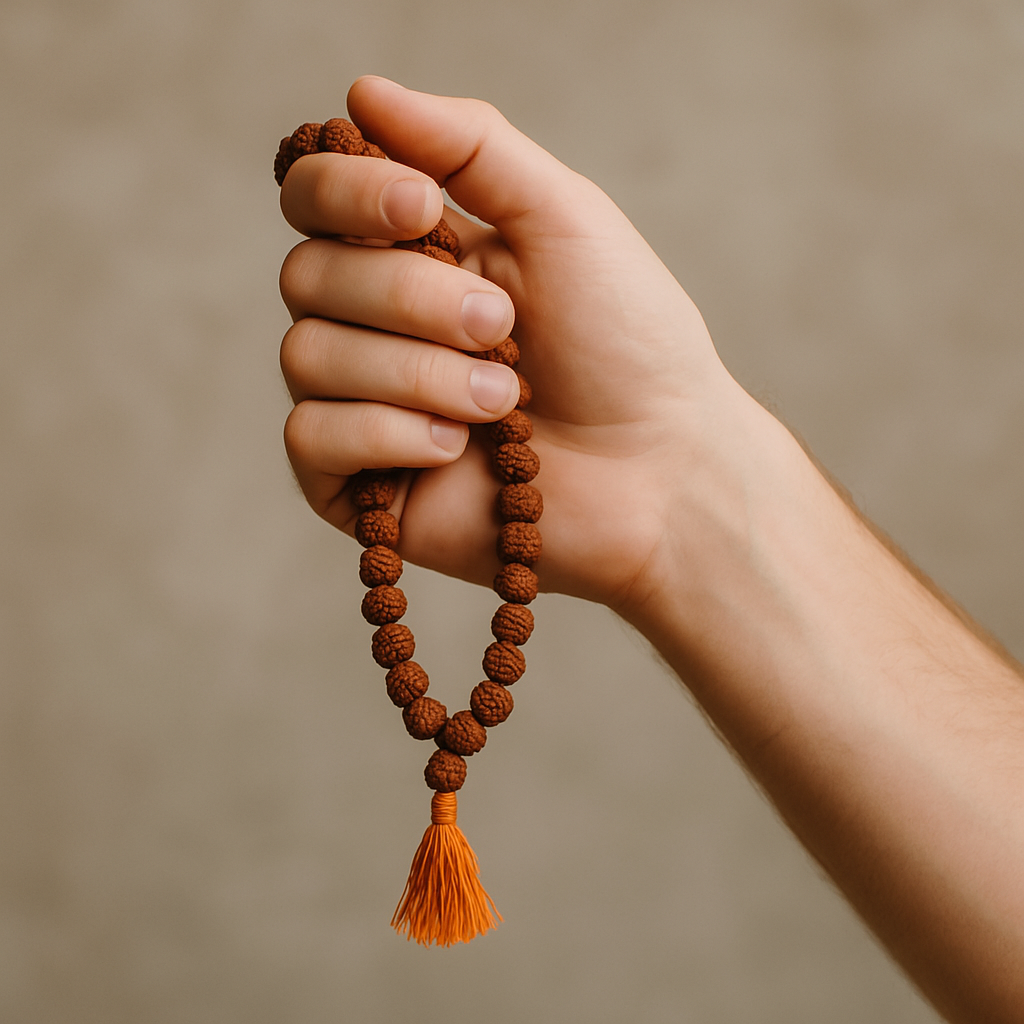
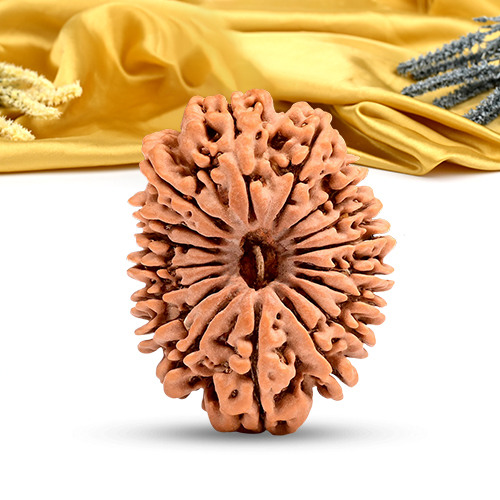
Comments 0
Leave your thought here